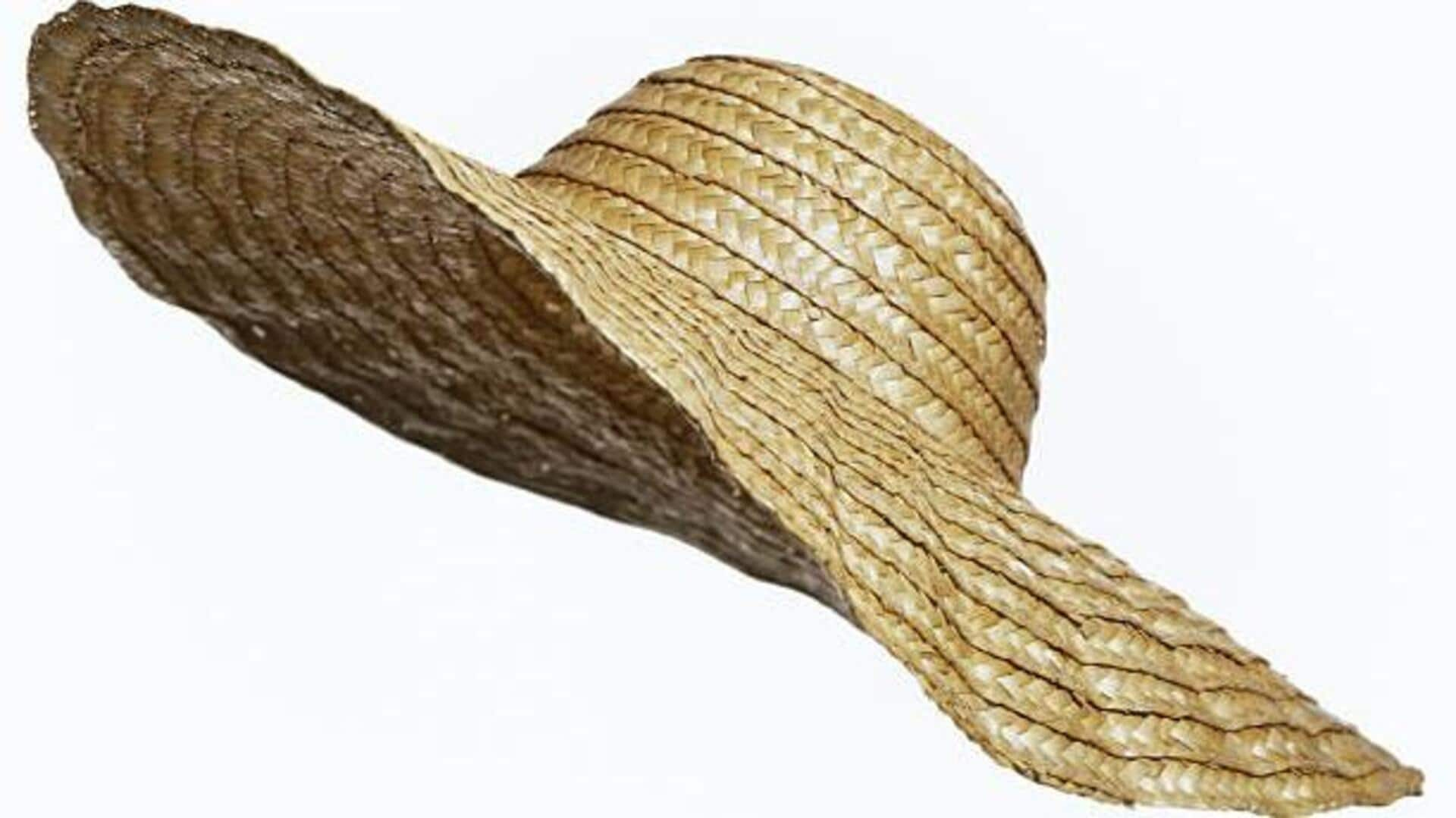
DIY: How to craft stylish straw hats
What's the story
African weaving techniques offer a unique way to create straw hats that are both functional and fashionable. These methods, passed down through generations, showcase the creativity and resourcefulness of African artisans. By using locally available materials, these techniques not only produce durable hats but also preserve cultural heritage. Here's a look at the traditional methods of crafting straw hats.
#1
Gathering materials for weaving
To start making a straw hat, you need to gather the right materials. Straw from local plants is often used because of its flexibility and strength. Palm leaves are also a popular choice owing to their durability. These materials are usually harvested sustainably to ensure environmental balance. Once collected, they are dried properly before being used in the weaving process.
#2
Traditional weaving techniques
Traditional African weaving techniques involve intricate patterns that are both decorative and functional. The process usually involves twisting and braiding the straw or palm leaves into desired shapes. Each region has its own unique patterns that reflect cultural significance and artistic expression. Mastering these techniques takes practice and patience but results in beautifully crafted hats.
#3
Incorporating natural dyes
Natural dyes from plants, fruits, and vegetables are often used to color straw hats. These dyes provide vibrant colors without harming the environment. The dyeing process usually involves soaking the materials in natural colorants before weaving them into hats. This adds an extra layer of creativity and personalization to each piece.
#4
Preserving cultural heritage through hat making
Making straw hats using African weaving techniques helps preserve cultural heritage by keeping traditional crafts alive. Many communities still practice these methods today, passing them on to the next generations. Not only does this keep the art alive, it also provides economic opportunities through selling handmade products locally and internationally.